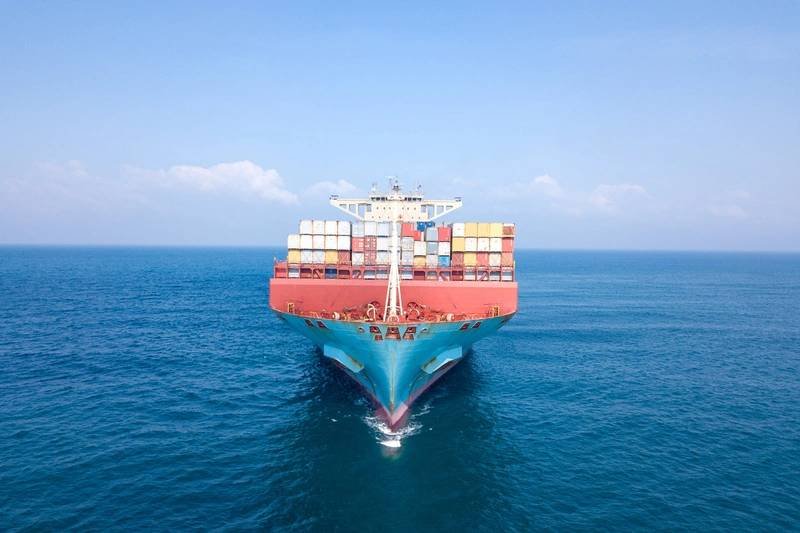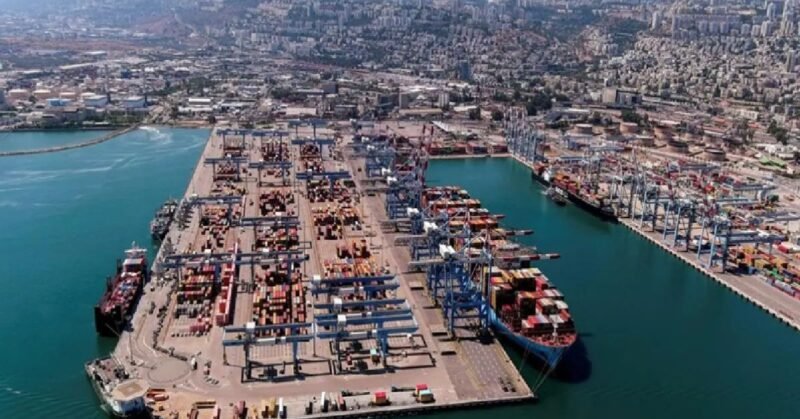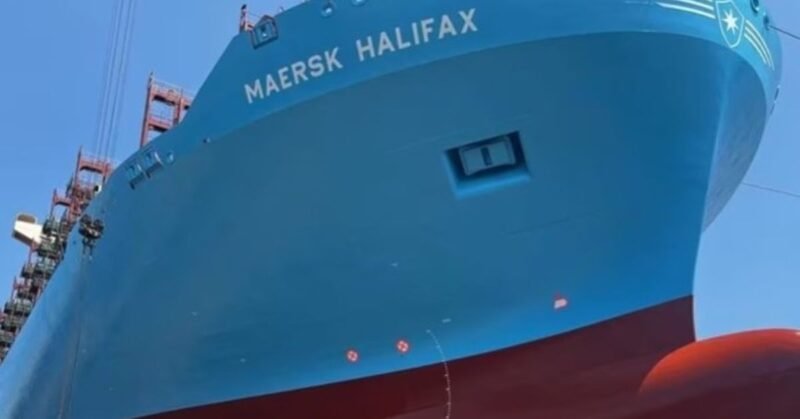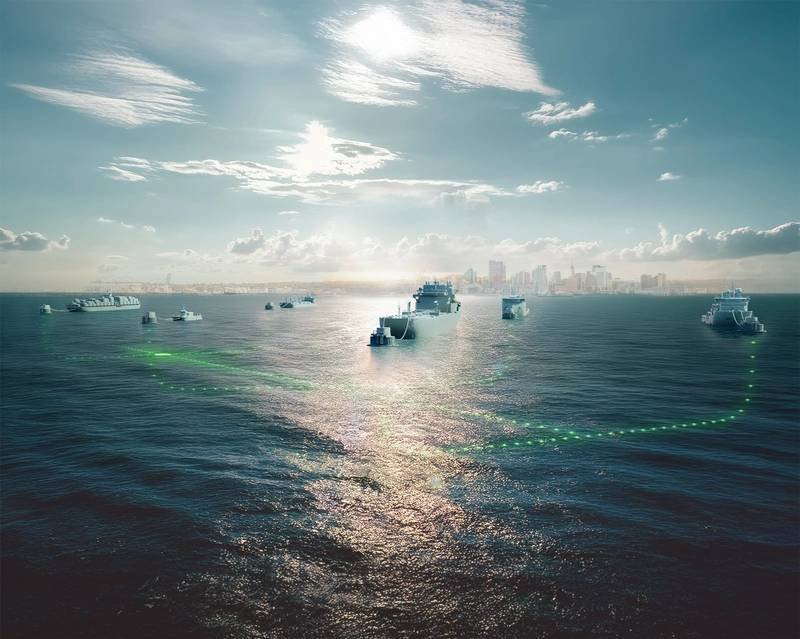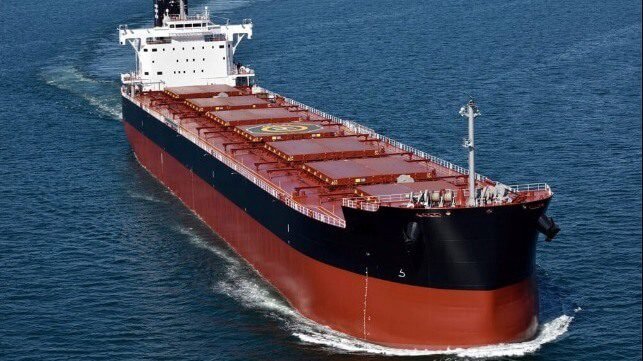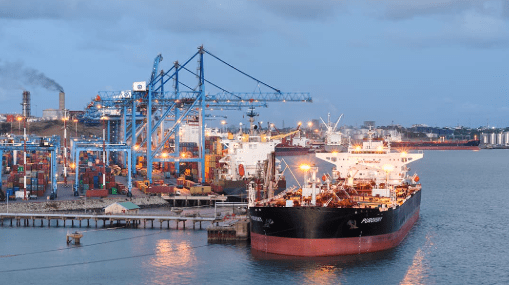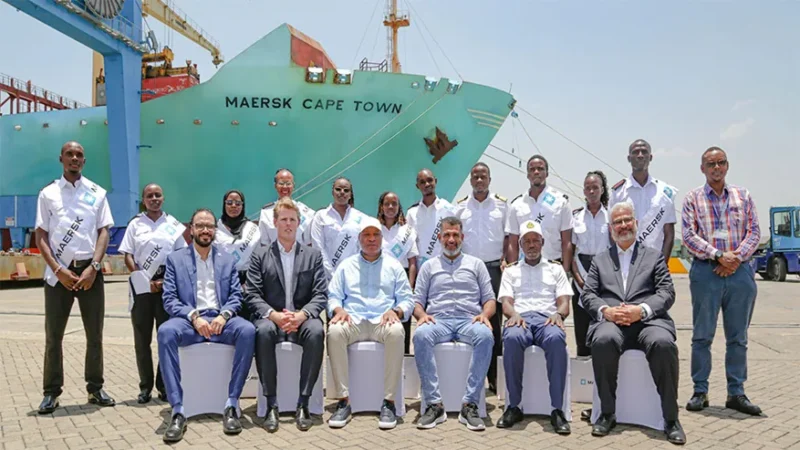AP Moller-Maersk A/S predicts that the global transport disruptions caused by conflicts in the Red Sea will last longer than expected and will not be resolved this year. The Danish shipping group raised its financial forecast for the third time in three months, expecting adjusted earnings before interest, taxes, depreciation, and amortization of $9 billion to $11 billion this year, higher than the previous estimate of $7 billion to $9 billion. The disruptions in the Red Sea, forcing ships to detour south of Africa instead of using the Suez Canal, are now expected to continue until at least the end of 2024.
The number of container ships passing through the Suez Canal has decreased by about 77% from a year ago due to attacks by the Houthis, making the waterway unsafe. The resulting need for additional shipping capacity by circumnavigating Africa has driven up freight rates, affecting supply and demand in the shipping industry. Maersk also raised its forecast for global container trade growth in 2024 to 4 to 6 percent, up from the previous estimate of 2.5 to 4.5 percent, with free cash flow expected to be at least $2 billion.
Despite the positive forecast and increase in container freight rates, Maersk’s preliminary second-quarter revenue and profit figures were below average analyst estimates. While Maersk shares initially rose in response to the forecast increase, they later traded lower. Analysts, such as Brian Godsk Borsting from Danske Bank Credit Research, view Maersk’s forecast increase as expected given the recent strong development in container freight rates.







